Art has the power to transform a space, infusing it with personality, warmth, and a sense of individuality. When thoughtfully integrated into interior design, art can elevate a room from mundane to magnificent. Whether you’re designing a new space or refreshing an existing one, incorporating art can be both a joyful and strategic endeavor. Here’s a guide to seamlessly blend art into your interior design and create a visually stunning environment.
1. Start with a Vision
Before diving into art selection, define the overall mood and style of your space. Are you aiming for a modern, minimalist look or a cozy, eclectic vibe? Your art should complement this vision. For instance, bold, abstract pieces can accentuate a contemporary design, while vintage prints might enhance a more classic aesthetic.
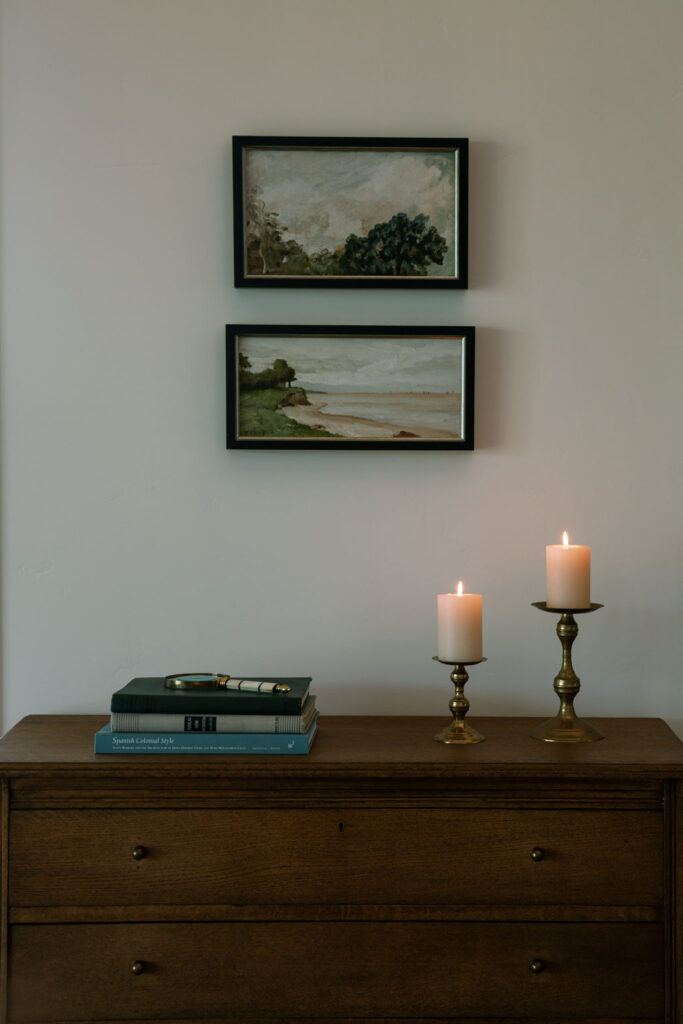
2. Choose the Right Pieces
Select art that resonates with you and suits your space. Consider these approaches:
- Size Matters: Larger artworks can serve as focal points in big rooms, while smaller pieces are ideal for intimate spaces. A gallery wall of smaller works can be a great way to display multiple pieces without overwhelming the space.
- Color Coordination: Art can either complement or contrast with your existing color scheme. If your room has a neutral palette, a vibrant piece can provide a striking contrast. Conversely, artworks with tones that echo your room’s colors can create a harmonious look.
- Style and Theme: Choose art that reflects your personality and interests. Whether it’s abstract, impressionistic, or classic portraits, your art should be a reflection of your taste and contribute to the overall theme of the room.
3. Placement and Layout
Effective placement of art is crucial for achieving the desired impact. Here are some tips:
- Eye Level: Hang artwork at eye level for optimal viewing. This usually means the center of the piece should be around 57 to 60 inches from the floor.
- Grouping and Spacing: When creating a gallery wall, arrange pieces in a cohesive layout. You can opt for a symmetrical grid or an eclectic arrangement. Maintain consistent spacing between pieces to create visual balance.
- Highlighting Features: Use art to draw attention to architectural features or to add interest to blank walls. Large pieces can anchor a space, while smaller works can be used to enhance architectural details like alcoves or niches.
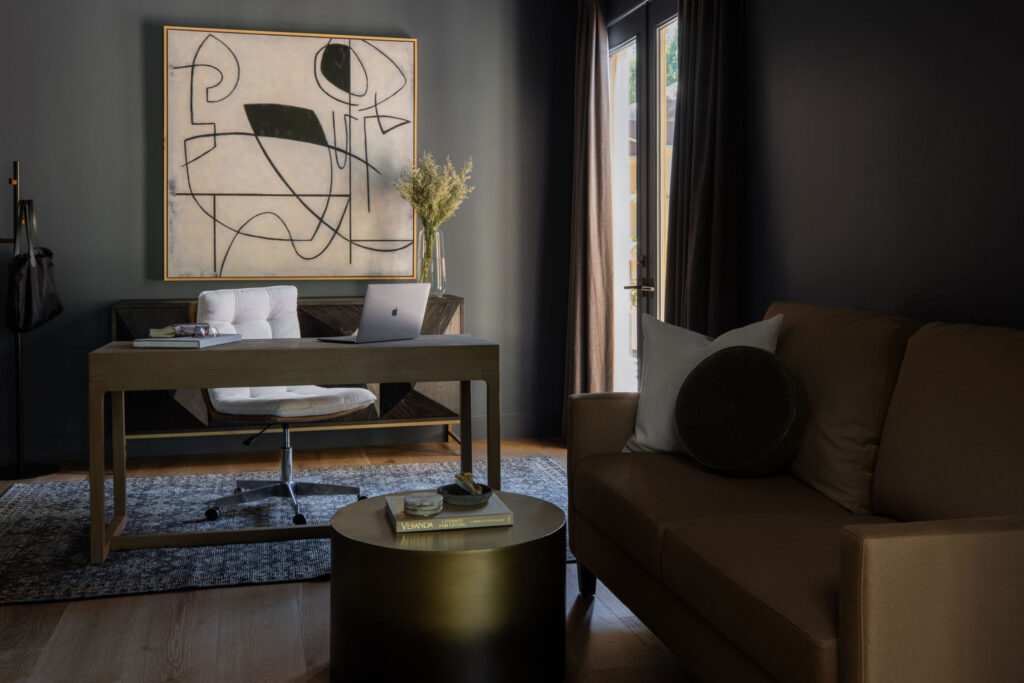
4. Frame It Right
The right frame can make a significant difference in how art fits into your design. Frames should complement both the artwork and the room’s decor. For a modern look, sleek, minimalist frames work well, while ornate frames can add a touch of classic elegance.
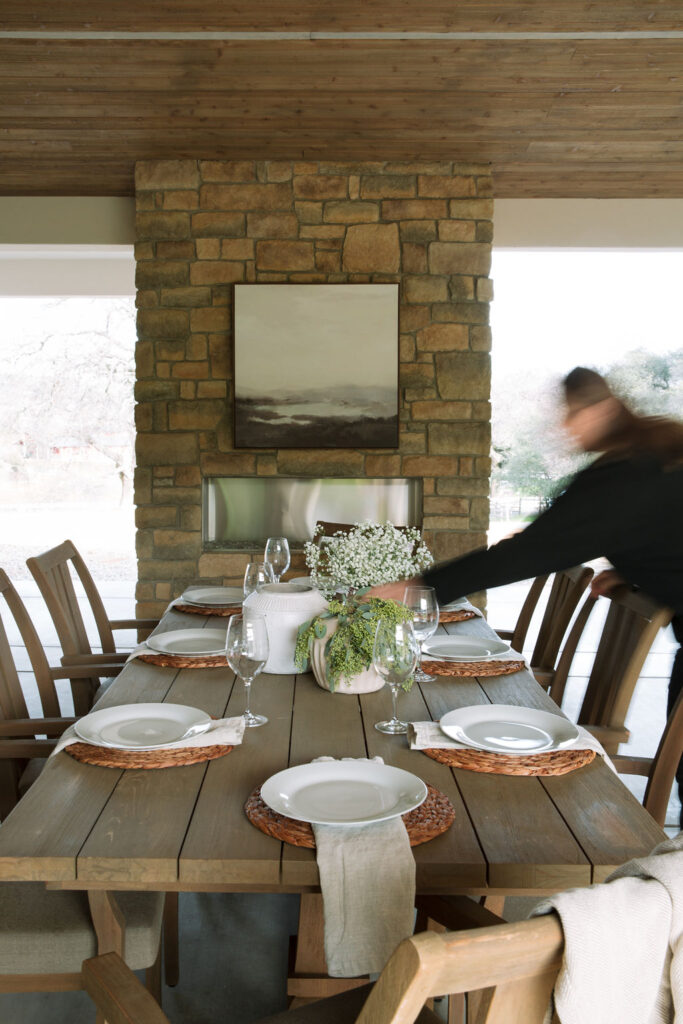
5. Incorporate Art with Functionality
Art doesn’t always have to be hung on the walls. Consider these innovative approaches:
- Art as a Headboard: Large art pieces can be used as a dramatic headboard in the bedroom, adding both style and a unique focal point.
- Art on Shelves: Display smaller artworks on shelves or bookcases. This adds visual interest and can be a way to showcase a rotating collection.
- Functional Art: Integrate art with functional elements, such as decorative screens, artistic room dividers, or even custom-designed furniture that features artistic elements.
6. Lighting Matters
Proper lighting enhances the beauty of art and can dramatically alter its impact. Use adjustable lighting to highlight artwork and create shadows and depth. Track lighting, picture lights, or even spotlights can be used to ensure your art receives the attention it deserves.
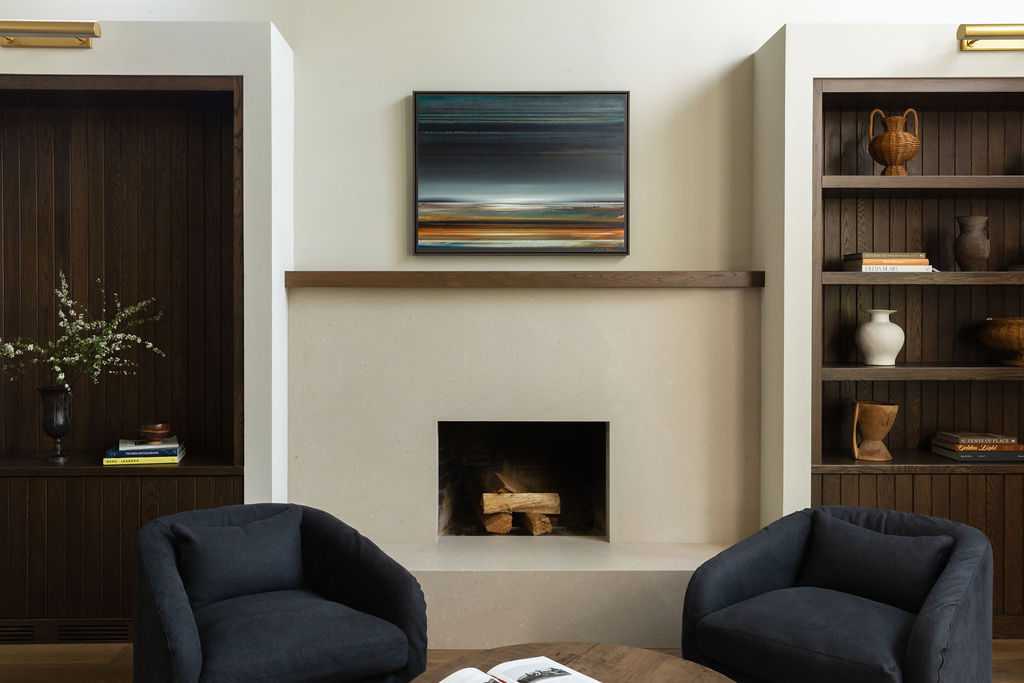
7. Keep It Personal
The best interior designs reflect the personalities and stories of their inhabitants. Don’t be afraid to incorporate personal artworks, family heirlooms, or travel souvenirs. These elements not only enrich your space but also make it uniquely yours.
8. Rotate and Refresh
Art should be dynamic, evolving with your space and preferences. Consider rotating pieces seasonally or when you want to refresh your space. This keeps your interior design feeling fresh and engaging.
Incorporating art into your interior design is a powerful way to personalize and elevate your space. By choosing the right pieces, placing them thoughtfully, and integrating them with your overall design vision, you can create a home that’s not only beautiful but also uniquely expressive of your tastes. Whether you’re a seasoned collector or just beginning to explore the world of art, these tips will help you make the most of your art and enhance your living environment.
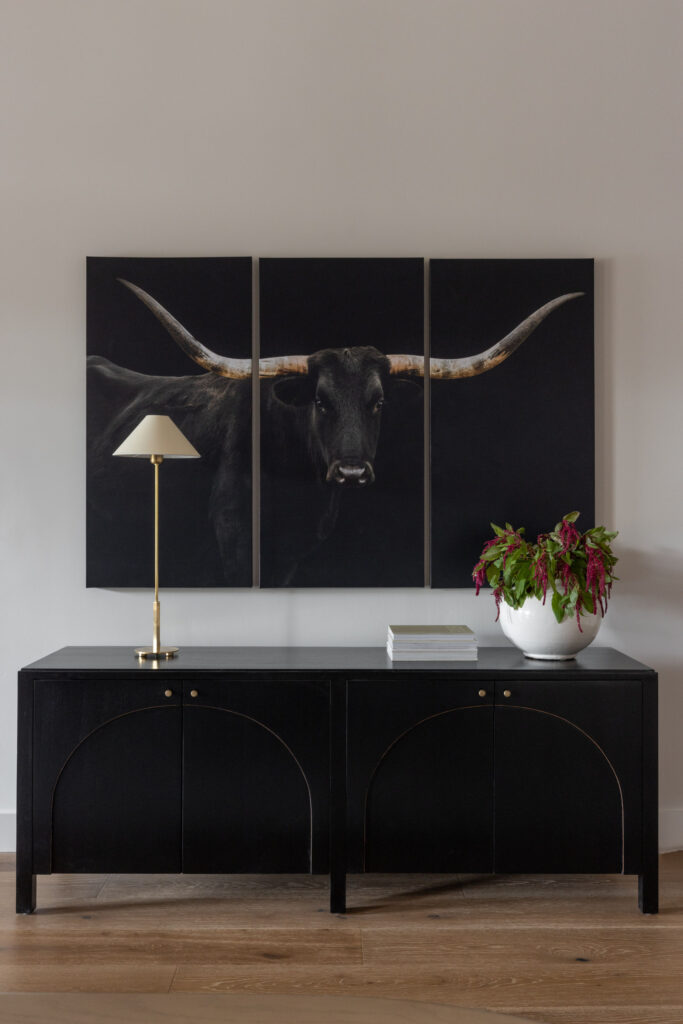
Photos by Whitney Dianne
